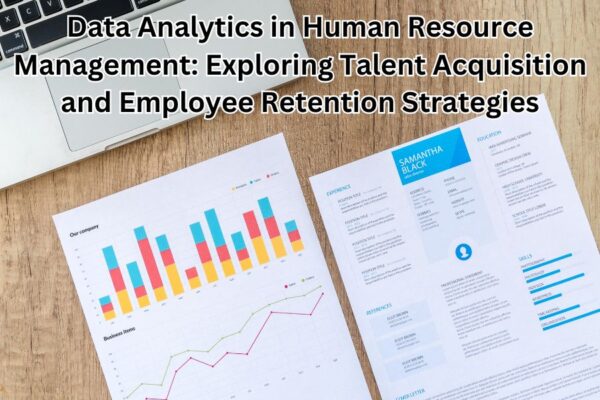Description
Data Analytics in Human Resource Management: Exploring Talent Acquisition and Employee Retention Strategies
Abstract
Data Analytics significantly improves human resource management by optimizing employee retention strategies and talent acquisition. However, companies leverage data-driven insights to predict workforce trends, strategically make HR decisions, and refine hiring processes. The team evaluates candidate profiles, engagement levels, and staff performance data. Hence, organizations properly find high-potential candidates and develop retention strategies of personalized. Such insights help businesses attract top talent, ensure long-term success, and manage a productive workforce in the competitive job market.
Advanced analytical tools, including machine learning and predictive modeling, allow HR professionals to analyze the effectiveness of recruitment and forecast the turnover of employees. Moreover, proper evaluation of the key factors that are influencing retention helps the HR teams develop customized engagement strategies. For instance, the process improves job satisfaction and minimizes attrition rates. Also, data analytics improves talent acquisition by matching the candidates with their roles according to their experience and skills. Besides, a structured approach encourages a strong workplace culture of strong, improves the stability of the workforce, and improves the efficiency of hiring.
Businesses effectively continue with the successful adoption of HR practices that are analytics-driven. For instance, data analytics in human resource management will increase and HR decisions will be taken precisely. Businesses are effectively integrating technology with the help of human expertise and successfully optimizing the planning of the workplace. Hence, it is driving the overall growth of the company and analyzing employee experiences. Therefore, ongoing data analytics evolution necessitates the teams of HR to be updated on emerging trends and ensure the maximization of talent management benefits. In conclusion, by successfully adopting data insights, organizations can minimize turnover and develop resilience. This also helps to improve employee satisfaction, making the workforce high-performing and equipped for future challenges.
Read more about the topic
Use and Applications of Data Analytics in Human Resource Management and Talent Acquisition
HR Analytics and Future of Work: A Systematic Literature Review








Reviews
There are no reviews yet.